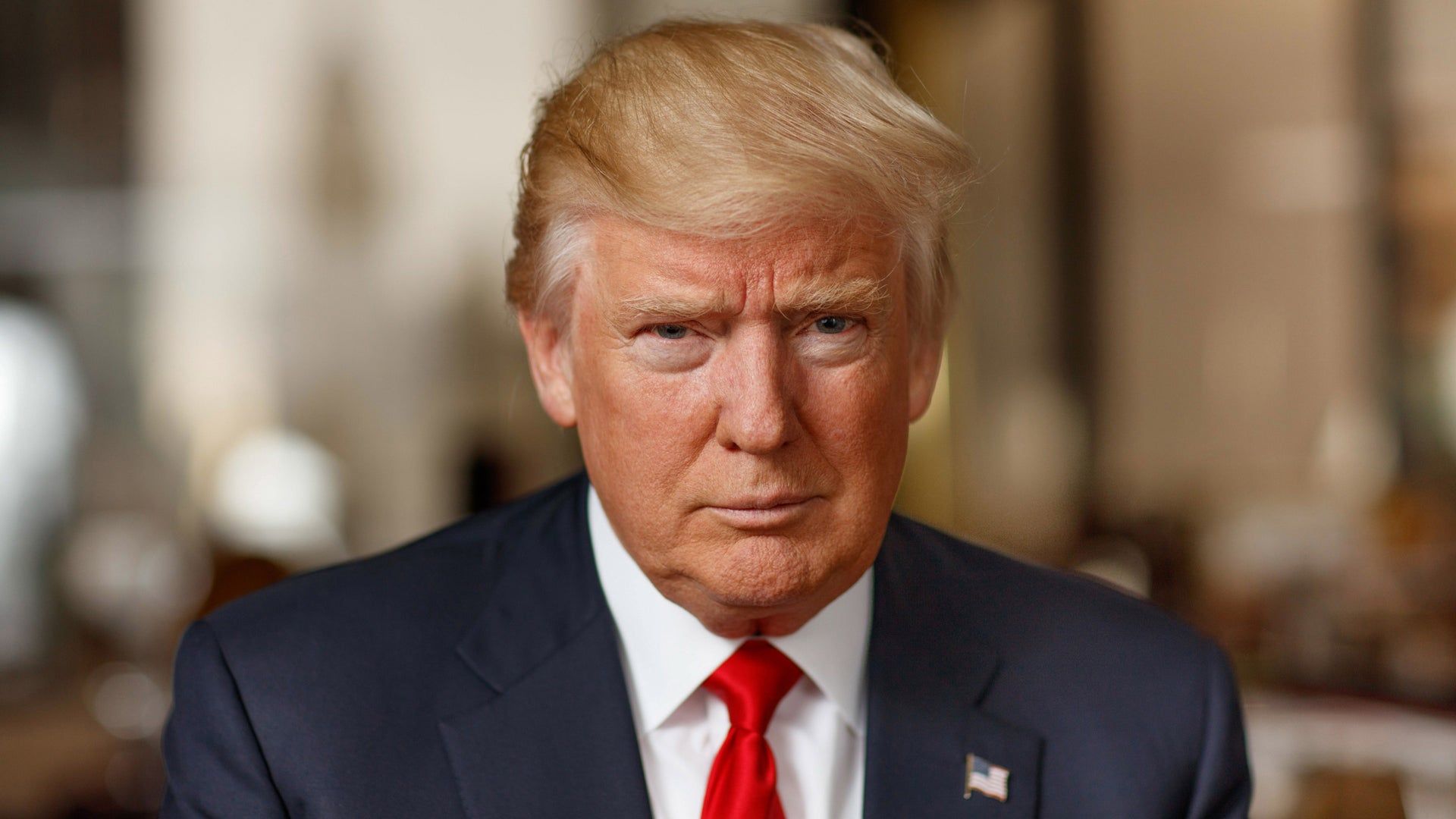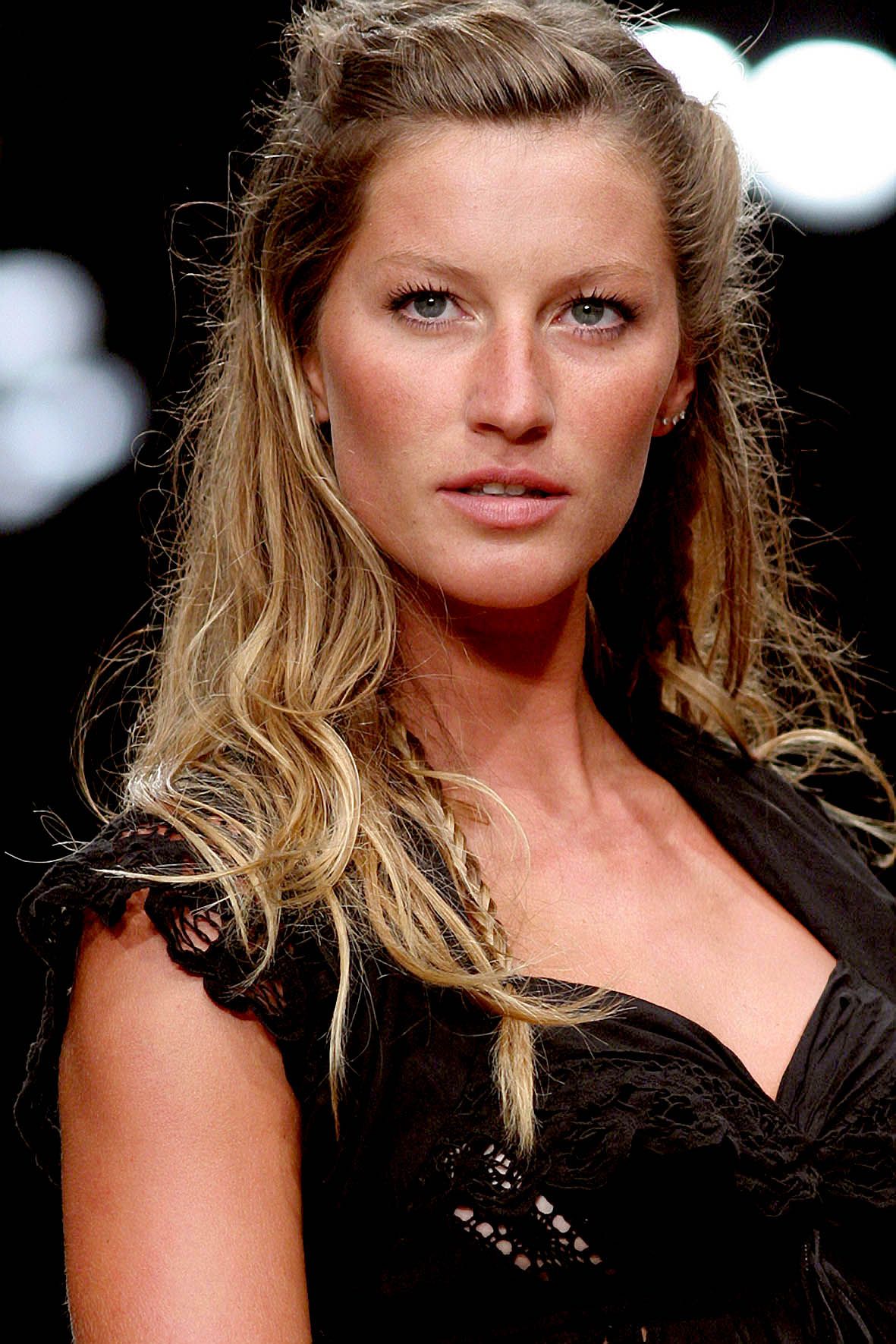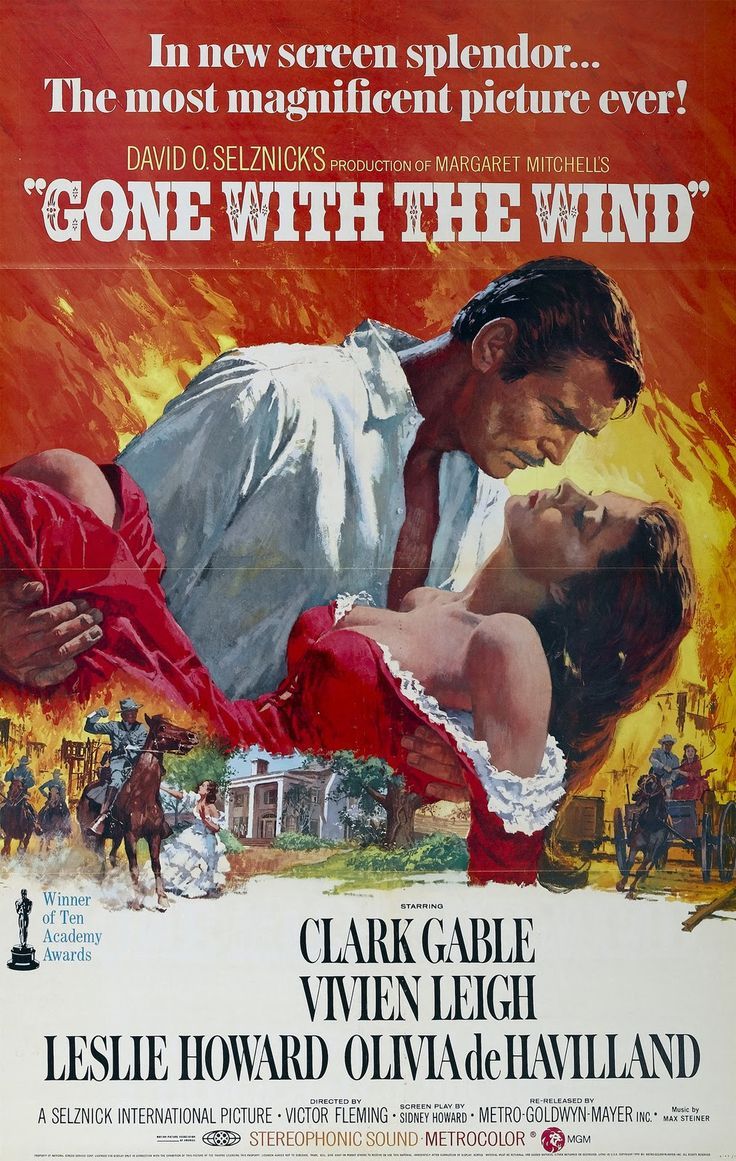
The world of film and television is often filled with drama, not just on-screen but behind the scenes as well. While we expect narratives crafted with careful planning and intention on screen, sometimes the real magic happens off-camera, bringing unexpected twists to the very productions we adore. These aren’t just minor hiccups; they are wild, unexpected challenges and sometimes, truly unbelievable stories that defy explanation.
Screenwriters are often told there’s a ‘rule’ about coincidences: every story gets one, but the rest of the beats need to be earned by character choices and logical progression. However, in the chaotic, fascinating realm of film production, reality sometimes ignores these rules entirely, delivering plot twists that no writer could invent. From bizarre mishaps that seem like divine intervention to uncanny resemblances between actors’ roles and their real-life experiences, the stranger-than-fiction incidents on set often become legends themselves.
We’re about to delve into some of the most captivating, fact-driven, and truly astonishing coincidences that have played out during the making of beloved films. These aren’t mere accidents; they’re moments that have left cast and crew alike scratching their heads, wondering if the universe itself was playing a part in the production. So, buckle up as we explore the kind of production tales that are often better than the movies themselves, proving that sometimes, the most ‘unbelievable’ moments are the ones that actually happened.
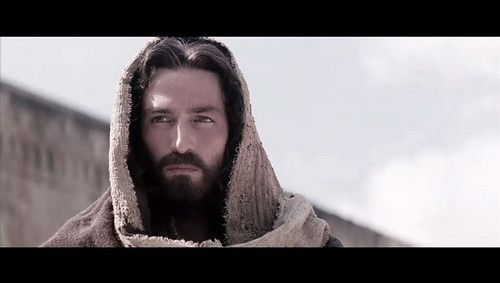
1. **A Sign from God: “The Passion of the Christ” (2004)**“The Passion of the Christ” was, by all accounts, a daring film that challenged many an audience member with its intense portrayal of a foundational religious story. Director Mel Gibson’s vision aimed to bring to life the profound suffering of Jesus of Nazareth before his crucifixion, a narrative that lead actor Jim Caviezel embodied with remarkable intensity throughout almost the entire film. The production itself was fraught with challenges, yet one particular incident stands out as nothing short of extraordinary, making many wonder about its deeper meaning.
During the shooting of the iconic Sermon on the Mount scene, an occurrence so peculiar transpired that it transcended the realm of mere mishap. Jim Caviezel, while immersed in his role, was struck by lightning. On nearly any other film set, such an event would be immediately reported as an unfortunate, dangerous accident, prompting immediate safety reviews and concern for the actor’s well-being. However, given the profound and deeply spiritual subject matter of the film, this incident took on a different, more mystical resonance.
The actor himself recounted the event, adding to the mystique surrounding the production. For many, especially those involved in a film so closely related to God and divine narrative, it became difficult not to ponder if this was more than just a random act of nature. Was director Mel Gibson, in fact, receiving a direct message from “the big guy upstairs,” an affirmation or perhaps a subtle warning regarding the sacred material they were handling? The sheer improbability, coupled with the context, elevated it beyond the everyday.
This stunning coincidence transformed what would otherwise be a terrifying on-set injury into an indelible part of the film’s legend. It left an impact that made people question the boundaries between the earthly and the divine, between the fictional world being created and a higher reality influencing its very creation. Such an event truly made the film’s production story as compelling and thought-provoking as the cinematic experience itself, adding a layer of meta-narrative that continues to fascinate.
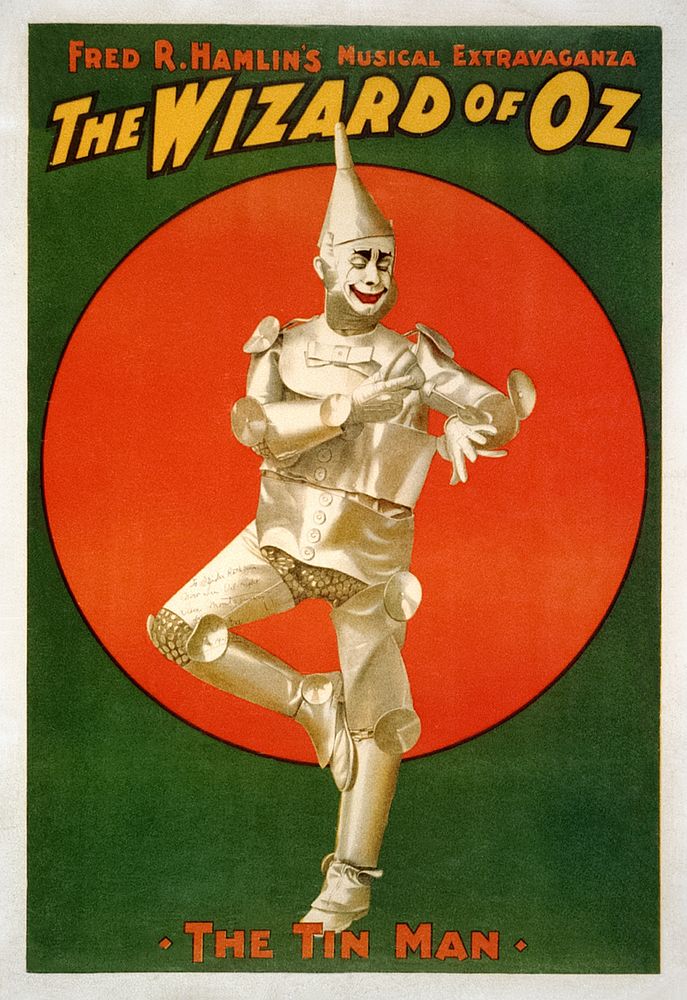
2. **Magical Coat: “The Wizard of Oz” (1939)**“The Wizard of Oz” remains an enduring cinematic masterpiece, a film whose iconic status is deeply ingrained in global pop culture. Many might be surprised to learn that this beloved movie was originally conceived as a book by the imaginative L. Frank Baum, who sadly passed away long before the film even went into production. The journey from page to screen for such a fantastical story was, understandably, an immense undertaking, especially in its meticulous production design and costuming efforts.
The costume department for “The Wizard of Oz” faced the monumental task of bringing Baum’s magical world to life, including the distinctive attire for Professor Marvel. To achieve the specific aesthetic of a “dignified yet worn out look” for the character, they conscientiously scoured second-hand stores, seeking authentic pieces that would convey the right sense of character and history. This dedicated search for perfect authenticity led to a discovery that would weave an almost unbelievable thread between the film and its original creator.
In a moment that could easily be mistaken for a scene from a fantasy novel, they managed to snag a particular coat that seemed perfectly suited for Professor Marvel. The garment possessed just the right blend of wear and character they were looking for. However, it was only upon a closer inspection, when they checked the jacket’s inner label, that hearts reportedly stopped on set. The label bore a name that sent shivers down spines and ignited whispers of destiny: L. Frank Baum, the original author of the very book they were adapting.
This insane coincidence is the kind of story that truly makes one question the fabric of reality and almost compels belief in magic. The probability of such an item, belonging to the long-deceased author, finding its way by chance into the hands of the very production bringing his creation to the silver screen is astronomically low. It stands as a testament to the strange and wonderful ways in which life imitates art, or perhaps, how the spirit of a story’s origin can subtly guide its destiny.
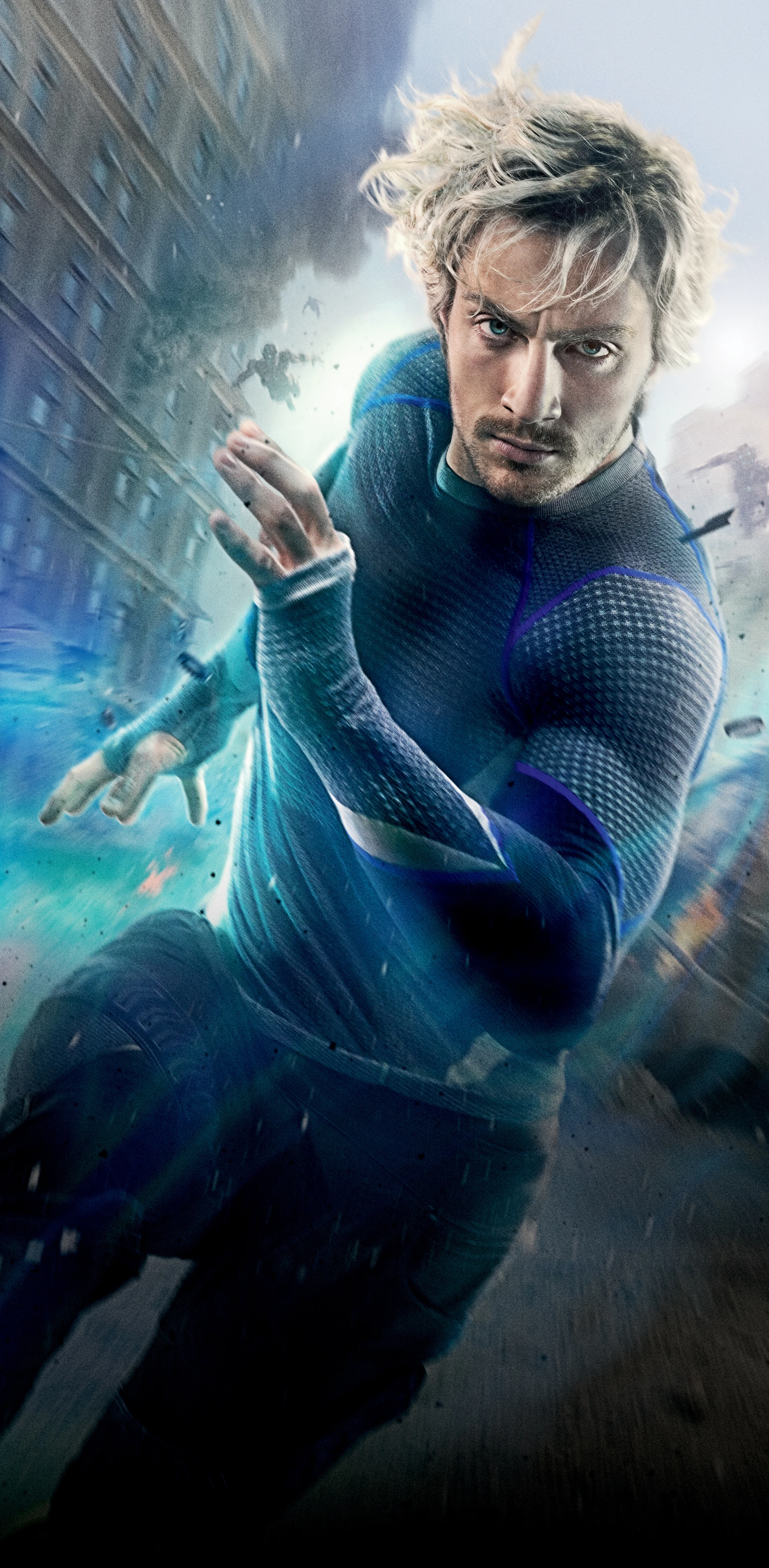
3. **Quicksilver, Meet Quicksilver: “X-Men: Days of Future Past” (2014), “Avengers: Age of Ultron” (2015) & “Kick-Ass” (2010)**
Hollywood’s complex web of film rights can often lead to fascinating, and sometimes head-scratching, situations. In the financially turbulent 1990s, Marvel, facing dire straits, made the strategic decision to sell the film rights for its popular “X-Men” franchise to 20th Century Fox. Simultaneously, they managed to hold onto the rights for “The Avengers,” setting the stage for two distinct cinematic universes. This division became particularly intriguing when it came to characters like Quicksilver, who famously has ties to both the X-Men and The Avengers, meaning both companies simultaneously owned his film rights.
Fast forward nearly two decades, and both the Marvel Cinematic Universe (MCU) and the X-Men film franchises were not just thriving but dominating the box office. With the character of Quicksilver being a significant figure in both comic book lineages, it was perhaps inevitable that both studios would produce movies featuring him. What nobody could have predicted, however, was the incredibly coincidental casting choice that would intertwine two separate cinematic iterations of the same character through a shared acting history.
The MCU’s version of Quicksilver was brought to life by Aaron Taylor-Johnson in “Avengers: Age of Ultron,” while Evan Peters donned the super-speedy persona in Fox’s “X-Men: Days of Future Past.” The coincidence deepens when one recalls their prior collaborative work. These two talented actors had previously shared the screen in another comic book-inspired movie, “Kick-Ass,” where they portrayed close friends who harbored aspirations of becoming superheroes themselves. This shared cinematic past for two actors playing the same character across rival franchises is truly something else.
The synchronicity of this situation is quite extraordinary, highlighting a bizarre, yet entertaining, convergence of Hollywood’s interconnected talent pool and the convoluted nature of intellectual property rights. It created a unique and rather witty meta-narrative for fans who were aware of both actors’ filmographies, making the casting not just an interesting choice but a genuine, ‘unbelievable’ coincidence that underscored the intricate tapestry of modern superhero cinema. It’s the kind of trivia that Mental Floss readers absolutely love.
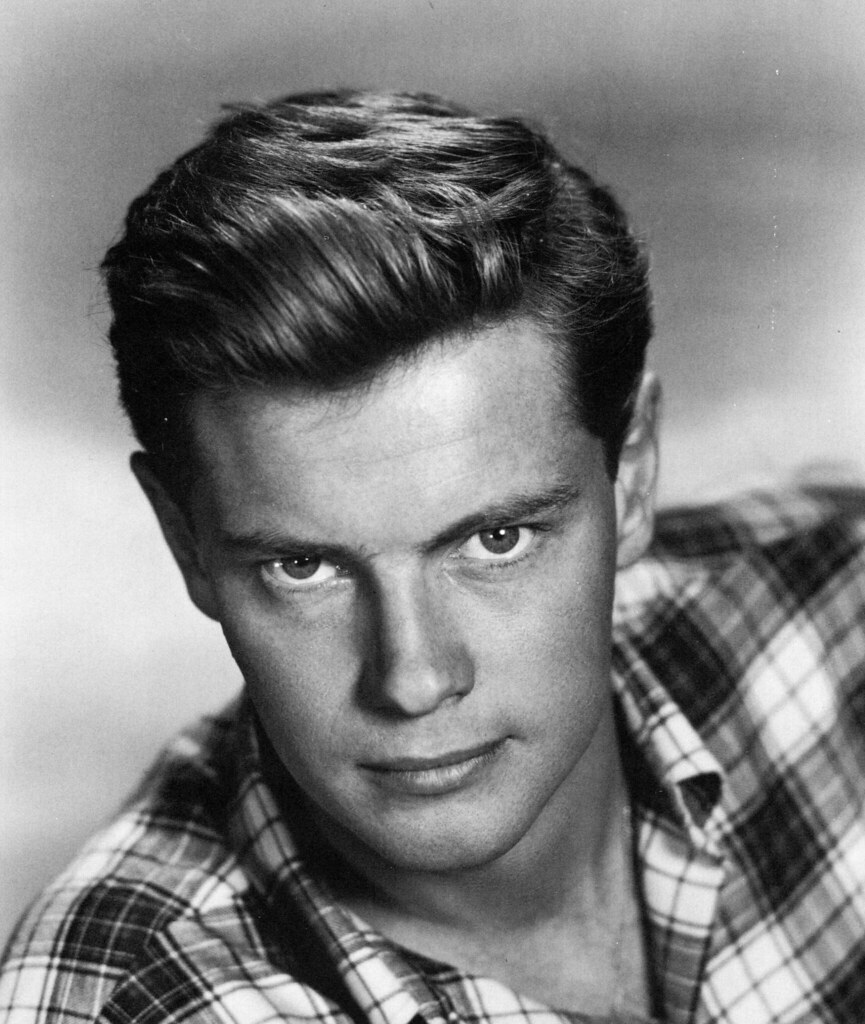
4. **Fall of Achilles: “Troy” (2004)**The epic tale of Achilles, the legendary warrior whose name is synonymous with vulnerability, and the monumental siege of Troy, is deeply embedded in human mythology. This is not just a story; it is, quite literally, a legend that speaks of a hero dipped in sacred waters by his goddess mother, rendering him invincible everywhere except the precise point where she held him – his ankle. This single, fatal weakness ultimately defined his extraordinary, yet tragic, destiny. The 2004 film “Troy” sought to adapt this timeless narrative, attempting to bring a more grounded and realistic approach to the warrior’s story.
Actor Brad Pitt took on the formidable role of Achilles, a physically demanding portrayal that required him to embody the strength and mythic presence of the legendary Greek hero. As is often the case with such intensive productions, injuries can occur, but what transpired on the set of “Troy” was a remarkable and almost poetic echo of the very legend being depicted. It was an incident that perfectly mirrored the mythical flaw of the character Pitt was bringing to life, making it much more than a typical on-set accident.
In an uncanny twist of fate, while filming the epic, Brad Pitt suffered a debilitating injury. He tore his Achilles’ tendon – precisely the part of the body that was Achilles’ singular, fabled point of weakness. The irony was palpable and immediate, drawing gasps and hushed conversations across the set. To sustain such a specific injury while portraying the one character in history most famous for that particular anatomical vulnerability truly bordered on the unbelievable, a bizarre alignment of art imitating life and legend.
This was no minor setback; the injury was described as extremely painful and significant enough to halt the ambitious production. Filming had to be shut down for a substantial ten weeks, allowing the lead actor the necessary time to recover. The “Fall of Achilles” on the set of “Troy” became a legendary production anecdote, a darkly humorous yet deeply resonant coincidence that cemented the film’s place not just in cinematic history, but in the annals of truly astounding behind-the-scenes occurrences. It’s a reminder that even the most grounded approaches to myth can’t escape its lingering presence.
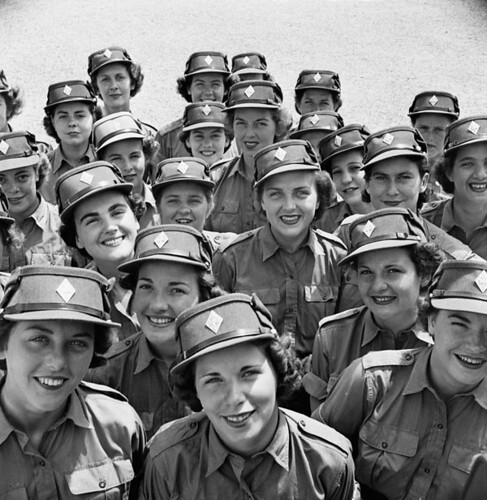
5. **A Bad Omen: “The Omen” (1976)**“The Omen,” a chilling cinematic classic, tells the deeply unsettling story of a family who unknowingly finds themselves raising the Antichrist. The film itself is designed to instill dread and unease, but what happened when the cameras weren’t rolling might be even more disturbing than the fiction itself. The production was plagued by a series of events so profoundly unlucky and eerily interconnected that they have become a notorious legend in Hollywood history, cementing the film’s reputation as truly cursed. This is where the term “seriously frickin’ creepy” feels entirely appropriate.
The string of misfortunes began even before shooting commenced. Lead actor Gregory Peck, cast in a pivotal role, experienced a devastating personal tragedy when his son was found dead just two months prior to the start of production. Adding to this somber beginning, Peck himself narrowly missed being on a plane that tragically crashed, killing all its passengers, a harrowing escape that felt like a dark premonition. These were not isolated incidents; the bizarre occurrences soon engulfed others involved in the film’s making.
As production progressed, the strange and unfortunate events continued to escalate. Two separate planes, carrying two different crew members, were struck by lightning, incidents that defy typical aviation statistics. Animal trainers involved with the movie found themselves struggling to maintain control of some of the animals used in scenes, leading to unpredictable and dangerous situations. Even the film’s director faced a terrifying sequence of mishaps, first staying in a hotel that was subsequently bombed by the IRA, and then, shortly after, being hit by a car. It seemed a malevolent force was determined to disrupt the entire endeavor.
The unsettling pattern didn’t cease with the original film but continued to shadow its sequels, solidifying the idea of an ongoing curse. Decades later, during the production of the 2006 remake, a new and equally perplexing incident occurred: over thirteen thousand feet of film mysteriously went missing. This amount of lost footage is practically unheard of in modern cinema production, adding yet another layer to the dark lore surrounding “The Omen” franchise. The sheer volume and relentless nature of these “accidents” make it an undeniable entry in the pantheon of unbelievable film production coincidences.” , “_words_section1”: “1945
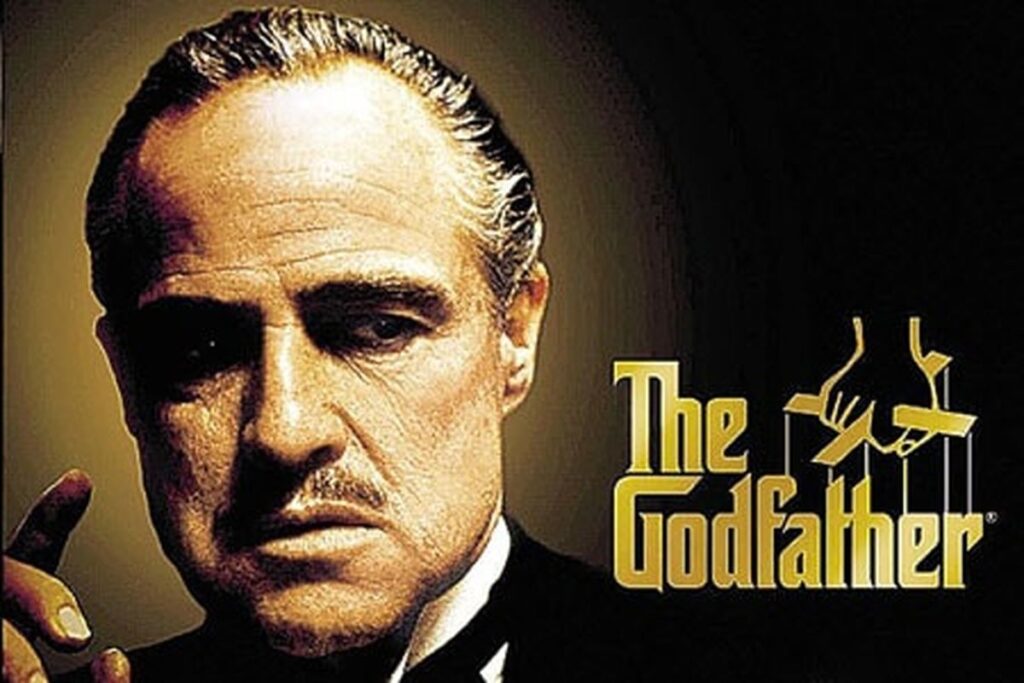
6. **Double Oscar Prediction: “The Godfather” (1972), “The Godfather Part II” (1974) & “Raging Bull” (1980)**
Few actors command the screen with the intensity and presence of Robert De Niro. His early career saw him deliver performances that would redefine cinematic acting. He earned two Academy Awards—one for Best Supporting Actor as a young Vito Corleone in “The Godfather Part II” and another for Best Actor in a Leading Role as the tormented boxer Jake LaMotta in “Raging Bull.” These roles cemented his status as a legendary figure in Hollywood, each a masterclass in character embodiment.
What many might not realize is the mind-bending way these two iconic, Oscar-winning performances were eerily connected, years before the second role even existed. The original “The Godfather” film, released in 1972, features a brief, almost subliminal moment that would later gain an unbelievable layer of prophetic meaning. As the elder Don Vito Corleone, portrayed by Marlon Brando, is seen buying oranges in one scene, a poster advertising a Jake LaMotta fight is clearly visible in the background.
This seemingly innocuous background detail becomes a startling coincidence when considering De Niro’s future triumphs. At the time of “The Godfather’s” release, De Niro had not yet been cast in “The Godfather Part II,” let alone played the role of Jake LaMotta. The fact that an advertisement for a character he would later win an Oscar for—a character and film that wouldn’t come to fruition for years—appeared in a movie where his future Oscar-winning role was foreshadowed, is truly something that defies rational explanation.
It’s the kind of cinematic Easter egg that takes on almost mystical proportions, suggesting a pre-ordained path for the actor. For fans of movie trivia and incredible behind-the-scenes stories, this particular coincidence is a goldmine. It blurs the line between random set dressing and a universe conspiring to hint at future glories, making you wonder if fate itself has a hand in Hollywood’s biggest moments. It’s a fantastic tidbit that adds to the rich tapestry of film lore.
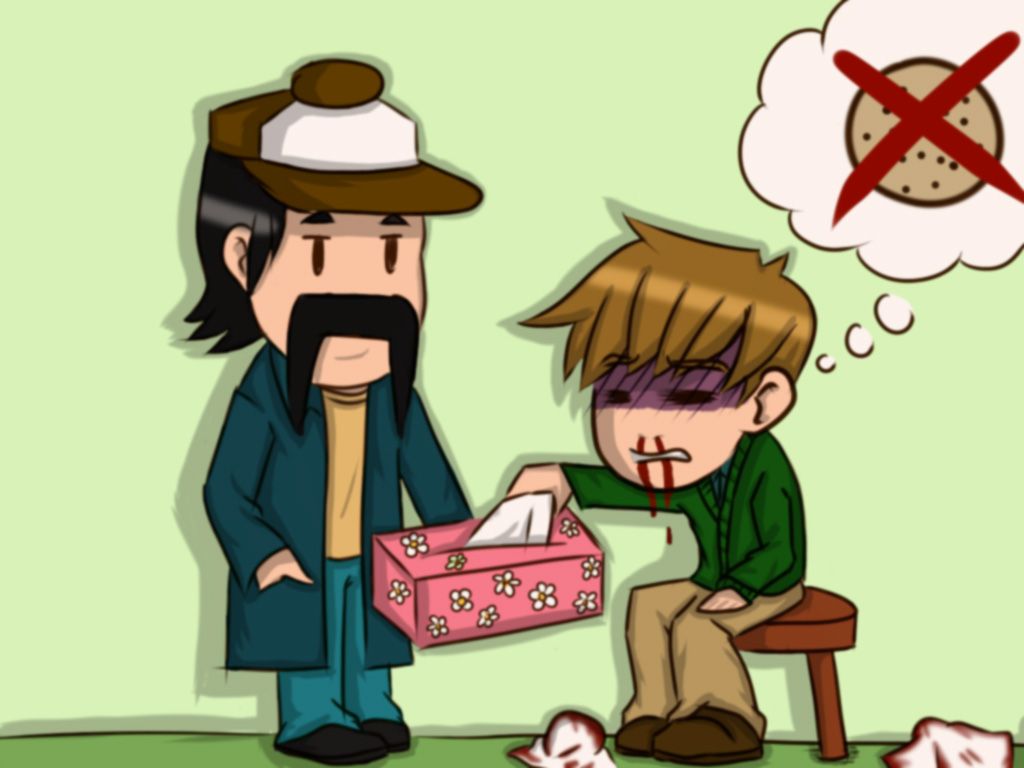
7. **9/11 Filming Location: “Nosebleed” (Unreleased)**The tragic events of September 11, 2001, left an indelible mark on the world, affecting every facet of society, including the entertainment industry. Many old films have been scrutinized for apparent accidental predictions or eerie date coincidences related to 9/11. Notable examples include Neo’s passport expiry date in “The Matrix.” However, one particular instance involving an unreleased Jackie Chan film stands out as not just a coincidence, but a truly chilling near-miss that borders on the unbelievable.
In the late 1990s, action superstar Jackie Chan was slated to star in an action-comedy titled “Nosebleed.” The script reportedly featured a plot involving a terrorist attack. This major action sequence was set to culminate within one of New York City’s most iconic landmarks. Plans were well underway, with the film scheduled for principal photography, including crucial scenes at the very heart of the World Trade Center complex.
The truly harrowing aspect of this story lies in the planned production schedule. By some reports, the film was set to begin shooting scenes *at the World Trade Center on September 11, 2001*. What stopped this unthinkable convergence of fiction and reality? Jackie Chan himself reportedly found the script to be weak and in need of significant revisions. This critical artistic decision, based purely on creative concerns, inadvertently saved the cast and crew from being in an unimaginably dangerous location on that fateful day.
In the immediate aftermath of the attacks, any discussions about rewriting the project eventually ceased. The world had irrevocably changed, and “Nosebleed” was ultimately scrapped, never seeing the light of day. The sheer probability of a film about a terrorist attack, with a key sequence set at the World Trade Center, being scheduled to shoot there on the exact day of the real-life tragedy, is almost too much to comprehend. It stands as a stark and sobering reminder of how sometimes, the most unbelievable stories are the ones that narrowly avoided becoming reality.

8. **The Line of Duty: “Code of the Secret Service” (1939)**Before he became the 40th President of the United States, a towering figure in American politics, Ronald Reagan was a Hollywood actor. In his younger days, Reagan starred in a series of films for Warner Bros. He notably portrayed a Secret Service agent in movies like “Code of the Secret Service.” It’s perhaps an ironic twist of fate that the man who played a protector of the president would one day become the president himself, guarded by the very agency he depicted on screen.
Years later, in 1981, as President Reagan was leaving a speaking engagement at the Washington Hilton Hotel, a gunman opened fire in an attempt on his life. Amidst the chaos and horror, a quick-thinking and courageous Secret Service agent stepped forward to shield the president. He pushed him into his limousine, potentially saving his life. This act of heroism became etched in history, a testament to the dedication of the Secret Service.
The agent in question was Special Agent in Charge Jerry Parr. Here is where the story takes an almost unbelievable turn: Parr later revealed that his inspiration to join the Secret Service stemmed directly from watching Ronald Reagan’s film, “Code of the Secret Service,” when he was a young boy. The very actor who portrayed a Secret Service agent on screen had, through his performance, inadvertently inspired the man who would one day save his real-life presidential life.
This incredible, full-circle coincidence is the stuff of legend. It’s a narrative thread connecting a fictional portrayal, a young boy’s dream, and a real-world act of profound bravery. It’s a remarkable illustration of how art can not only imitate life but can also shape and influence it in the most profound and unexpected ways. The odds of such a specific, life-altering inspiration leading directly to the protection of the source of that inspiration are astronomically low, making it a truly captivating piece of cinematic lore.
It truly makes you pause and consider the serendipitous paths individuals take. Seemingly small influences can blossom into life-defining decisions. Jerry Parr’s childhood fascination with a movie featuring a dashing Secret Service agent played by Ronald Reagan culminated decades later in him becoming the real-life guardian of the very man who sparked that initial interest. This isn’t just a coincidence; it’s a testament to the unpredictable, yet sometimes poetically symmetrical, nature of human experience, proving that sometimes, life writes a better script than Hollywood ever could.

9. **The Book from London: “The Girl from Petrovka” (1974)**For any actor committed to their craft, delving into the source material is a fundamental part of preparing for a role. So, when Sir Anthony Hopkins was cast in the 1974 film adaptation of George Feifer’s novel, “The Girl from Petrovka,” he naturally sought out a copy of the book. What followed was a bibliographic quest that turned into one of the most charmingly unbelievable coincidences in literary and cinematic history. It proves that sometimes, the universe just likes to mess with you.
Hopkins found himself in a peculiar predicament: the book was surprisingly difficult to locate. Despite his diligent searching, copies seemed scarce, much to his frustration. Just when he was about to abandon his quest, he stumbled upon a discarded copy on a park bench in London. Relieved to finally have the source material in hand, he picked it up, grateful for the unexpected find that would allow him to dive deeper into his character and the story.
A while later, while in Los Angeles preparing for the film, Hopkins had the opportunity to meet the author himself, George Feifer. During their conversation, Feifer mentioned that he had lent his *personal* copy of the novel to a friend, who had subsequently lost it somewhere in London. Upon hearing this, Hopkins produced the copy he had found, and as Feifer examined it, he instantly recognized it. It was, indeed, his own lost book, complete with his personal annotations.
The sheer improbability of an actor, in a vast city like London, coincidentally finding the exact personal copy of the very book he needed to read, belonging to the author he was about to meet, is astonishing. This wasn’t just any copy; it was *the* copy, carrying the author’s own insights and possibly even personal notes. It’s a wonderfully bizarre confluence of events that could easily be a plot point in a whimsical novel, yet it actually happened, adding a magical touch to the film’s production lore.
This story serves as a delightful anecdote that highlights the interconnectedness of seemingly random events. It’s the kind of story that makes you believe in the subtle forces at play in the world, guiding us in ways we don’t always understand. For a dedicated actor like Hopkins, finding the author’s lost copy must have felt like a direct connection to the heart of the story, making his preparation all the more special and imbued with a touch of the truly unbelievable.
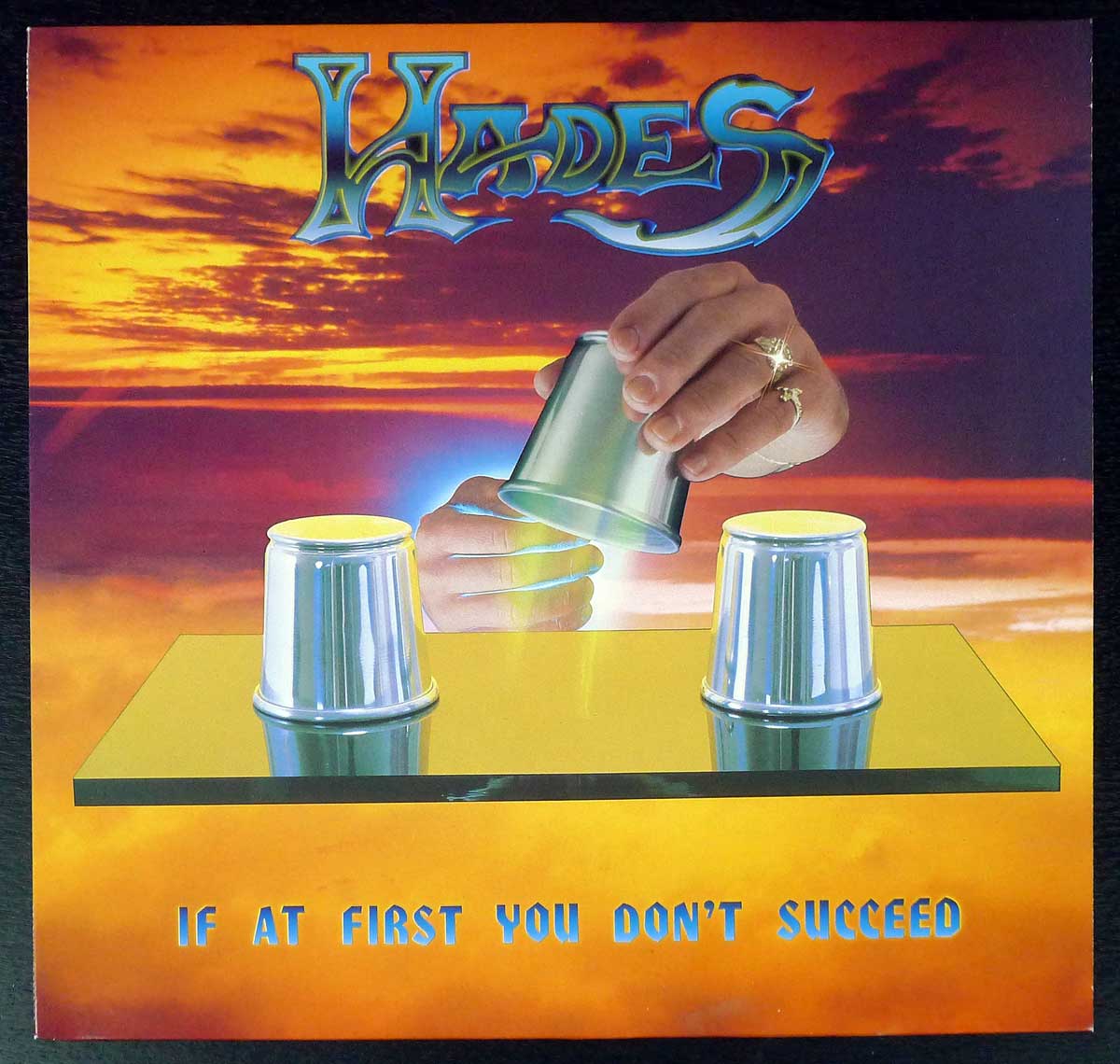
10. **Tragic Family: “Game of Death” (1978)**The legacy of martial arts legend Bruce Lee is as profound as it is tragically short-lived. His untimely death in 1973, during the production of his film “Game of Death,” sent shockwaves through the world. The film was eventually completed and released in 1978, with significant alterations to the plot and the use of stand-ins and archival footage to account for Lee’s absence. In a chilling decision, the revised storyline even incorporated a plot device where Lee’s character fakes his own death by getting shot on a movie set to escape assassins.
Decades later, the cinematic world was again struck by an unimaginable tragedy involving the Lee family. Bruce Lee’s son, Brandon Lee, had followed in his father’s footsteps. He was carving out a promising career as an actor in action films, demonstrating his own unique talent and charisma. He was poised for superstardom with his leading role in “The Crow,” a dark and atmospheric superhero film that was generating significant buzz during its production in the early 1990s.
However, on March 31, 1993, a devastating accident occurred on the set of “The Crow.” During the filming of a scene, Brandon Lee was shot and fatally wounded by a prop gun that was improperly loaded. The gun, intended to fire blanks, had a bullet lodged in its barrel from a previous scene. This bullet was then tragically propelled out by the blank cartridge, striking and killing the actor. The set immediately descended into horror, and a promising life was tragically cut short.
The horrifying coincidence here is not just the untimely death of both father and son in similar circumstances. Both experienced onset accidents, though of different natures, adding to the tragedy. But the eerie echo of the fictionalized death in “Game of Death” is what truly chills. Bruce Lee’s character in the very film completed after his death “died” on a movie set from a shooting. Nearly twenty years later, his son Brandon Lee *actually* died on a movie set from a gunshot. This macabre parallel is almost too poignant, a grim alignment of fate that continues to haunt film history.
It’s a heart-wrenching legacy, one that forever intertwines the Lee family with both the magic and the perils of filmmaking. This multi-generational tragedy, marked by such an unbelievable overlap between fiction and reality, remains one of Hollywood’s most somber and unexplainable coincidences. It serves as a stark reminder of the unpredictable nature of life, and the enduring power of stories, even when they tragically mirror the lives of those who create them, leaving us to wonder about the threads of destiny.
As we’ve journeyed through these ten remarkable tales, it becomes clear that the magic of moviemaking isn’t confined to the silver screen. Sometimes, the most compelling narratives unfold when the cameras stop rolling, or even before they start. These unbelievable coincidences, whether divine interventions, startling premonitions, or poetic symmetries, remind us that reality can be stranger, and often more fascinating, than any fiction a screenwriter could dream up. They are the whispers of destiny, the cosmic winks that add an extra layer of wonder to the already enchanting world of film production, proving that truly unbelievable stories happen both on and off the set.


